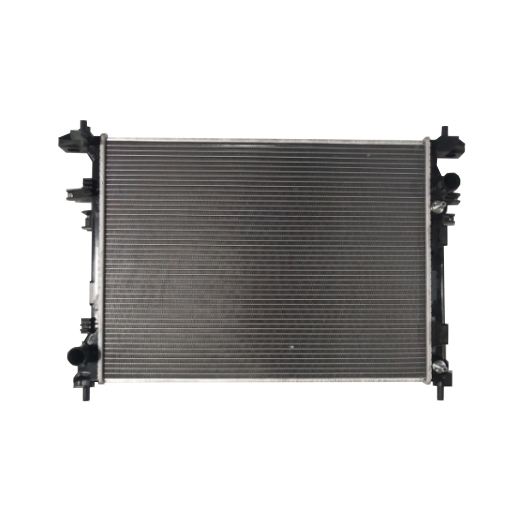Weighing the Pros and Cons: Disadvantages of Using Aluminum Plastic Radiators
2024-03-01
Introduction:
In the realm of automotive engineering, every innovation comes with its own set of advantages and disadvantages. While aluminum plastic radiators have gained popularity for their lightweight construction and efficient heat transfer, they are not without their drawbacks. In this blog post, we'll delve into the disadvantages of using aluminum plastic radiators in vehicles, providing insights into potential challenges and considerations for motorists and manufacturers alike.
1. Vulnerability to Physical Damage:
One of the primary disadvantages of aluminum plastic radiators is their susceptibility to physical damage. Unlike traditional copper-brass radiators, which are more robust and resistant to impact, aluminum plastic radiators can be more easily damaged in collisions, accidents, or encounters with road debris. The plastic tanks, in particular, are prone to cracking or puncturing, leading to coolant leaks and potential cooling system failures.
2. Limited Repairability:
Another drawback of aluminum plastic radiators is their limited repairability compared to traditional radiators. In the event of damage or leaks, repairing aluminum plastic radiators can be more challenging and costly. While some minor repairs may be possible, such as patching small cracks or holes, extensive damage often necessitates replacement of the entire radiator assembly. This can result in higher repair costs and longer downtime for vehicle owners.
3. Higher Initial Cost:
Aluminum plastic radiators typically come with a higher initial cost compared to traditional copper-brass radiators. The use of lightweight aluminum and durable plastic materials, as well as advanced manufacturing techniques, contribute to the higher cost of aluminum plastic radiators. While the long-term benefits, such as improved fuel efficiency and reduced maintenance, may offset the initial investment for some drivers, others may be deterred by the upfront expense.
4. Compatibility Issues:
Due to differences in construction and design, aluminum plastic radiators may not be compatible with all vehicles, particularly older or customized models. Retrofitting a vehicle with an aluminum plastic radiator may require modifications to the cooling system, mounting brackets, or hoses, which can add complexity and cost to the installation process. Additionally, compatibility issues may arise with aftermarket performance upgrades or modifications, limiting options for vehicle enthusiasts.
5. Potential for Galvanic Corrosion:
While aluminum plastic radiators offer superior corrosion resistance compared to traditional radiators, they are still susceptible to galvanic corrosion under certain conditions. Galvanic corrosion occurs when dissimilar metals come into contact with each other in the presence of an electrolyte, such as coolant or moisture. In aluminum plastic radiators, the aluminum core may corrode if it comes into contact with other metal components in the cooling system, such as steel or copper, leading to reduced radiator lifespan and performance.
Conclusion:
In conclusion, while aluminum plastic radiators offer numerous advantages, including lightweight construction, efficient heat transfer, and corrosion resistance, they are not without their disadvantages. Vulnerability to physical damage, limited repairability, higher initial cost, compatibility issues, and potential for galvanic corrosion are factors that motorists and manufacturers must consider when evaluating the suitability of aluminum plastic radiators for their vehicles. Despite these challenges, ongoing advancements in radiator technology may help mitigate some of the disadvantages associated with aluminum plastic radiators, paving the way for continued innovation and improvement in vehicle cooling systems.



